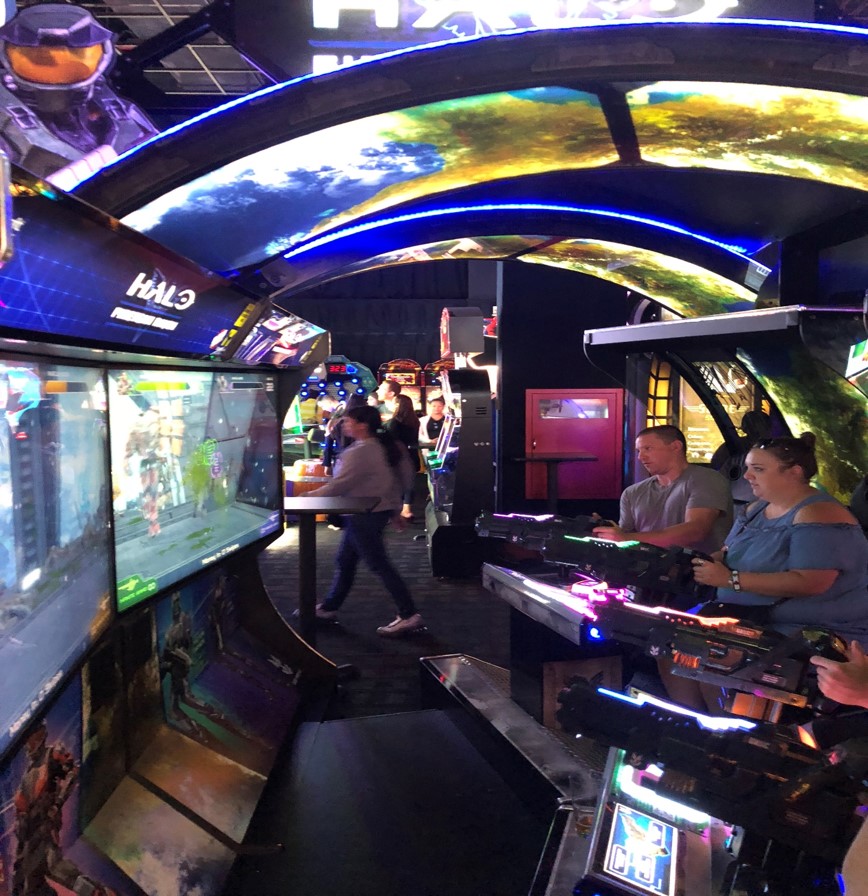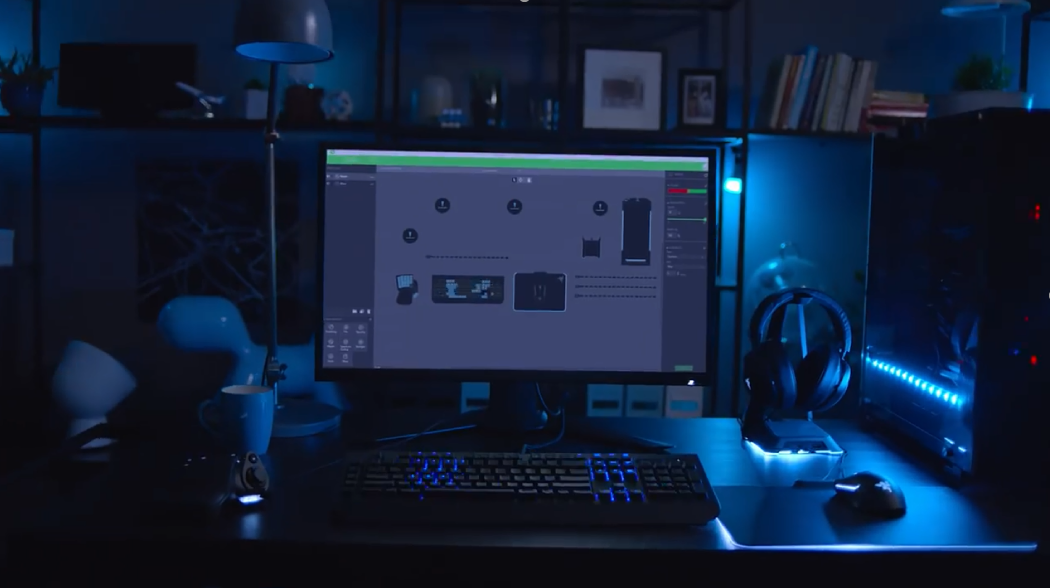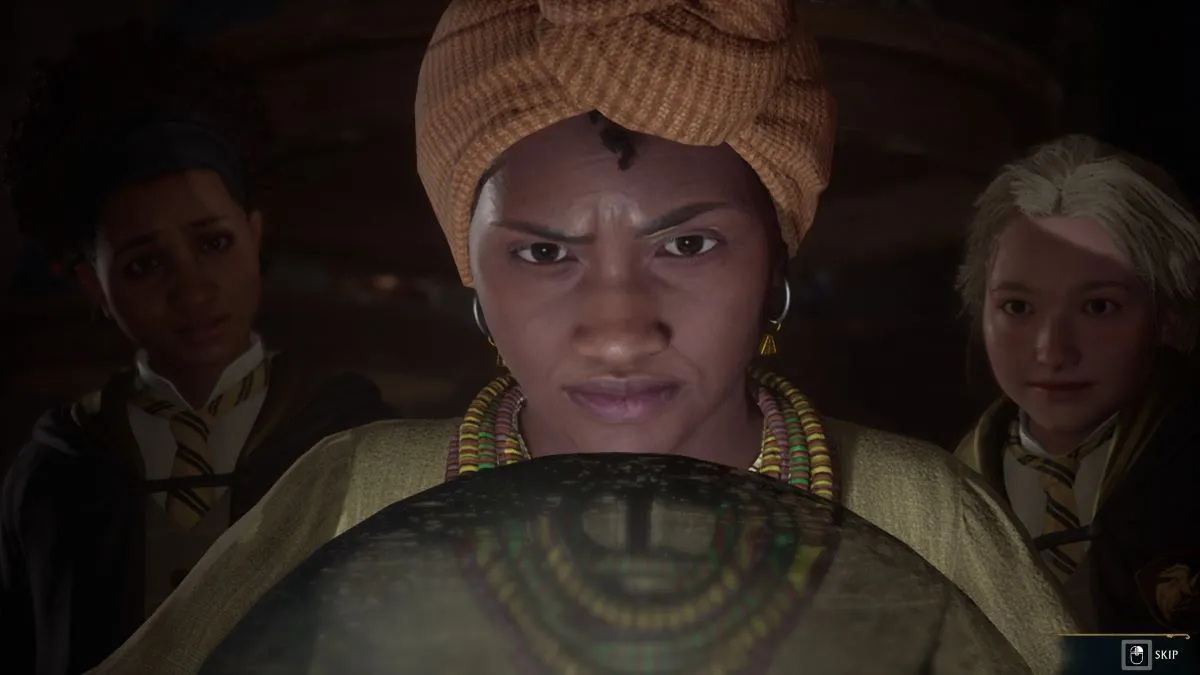For over three decades, peripheral lighting has been used to enhance the gameplay experience by adding immersion and ambiance. From having your controller light up in your hand when you complete an in-game mission to having an ambient glow of light behind your television of monitor, players have enjoyed the impact of lighting as a tool to enhance the gaming experience.
The true value of RGB lighting is something that is still a point of debate even today. While we continue to see the technology behind RGB lighting advance to allow more precise and complex lighting conditions, many in the industry (consumers and developers alike) see it as more of a gimmick than a necessary tool to augment the gaming experience.
Can RGB lighting deliver a true immersive experience that meaningfully enhances the gaming experience? Or is it more or less a gimmick that is just for looks with no real benefit to the player? The truth is the answer may lie in the eye of the individual. In looking at the one side in favor of RGB lighting technology, the keyword is immersion.
When speaking to developers and gamers alike and asking what the main value is with RGB lighting, immersion is often repeated as the primary goal. Developers will tend to favor any tech that will draw the player deeper into the experience. When seeing a full high-quality lighting integration across a set of devices (such as keyboard, light strips, room light bulbs etc.), many people feel that it is a powerful and very cool experience.
 Image: Full Razer Chroma Desktop Setup Can Light Up Your Room
Image: Full Razer Chroma Desktop Setup Can Light Up Your Room
Beyond the coolness and pure immersion factor, a proper RGB game integration can genuinely enhance the gameplay experience by providing useful feedback to the player.
Many current integrations include specific effects triggered when the player is damaged, gets a kill, uses a health potion, or picks up an item/weapon in the games to name a few examples.
Furthermore, those effects can be enhanced to articulate useful info using customized colors or animation effects. For example, the color of the effect could indicate the weapon type or ability ID on pickup or the animation length could be shorter or longer to indicate the ammo level for the weapon upon pickup.
Another common connection made when asking about the value of RGB lighting is that of other “immersive” technologies such as surround sound and haptic feedback (i.e. rumble).
All these technologies have the same core goal of drawing the player deeper into the gameplay experience but while many of them were initially considered gimmicky as well they are now ubiquitous with gaming.
Think back to the release of Nintendo’s “Rumble Pak” for the N64 and recall how it was perceived as an unnecessary gimmick at first. Soon after Sony added a DualShock rumble controller to the PS1 and every console of the following generation (PS2, Xbox, Gamecube) had rumble capabilities out of the box.
In fact, you might recall the backlash the Sony received when the PS3 launched without rumble in the controllers due to the lawsuit they were engaged in with Immersion Technologies. In a classic example of damage control, they infamously justified the loss of rumble as it not being a “last gen” feature with motion control being the future.
The trajectory of RGB lighting looks to be following a similar pattern of growth and proliferation across all aspects of gaming. Hardware devices built with LEDs for lighting control can be found in all areas of gaming including a wide variety of PC peripherals, console, and even arcades today.
Gamers are using lighting as a means of personalization and expression at LAN parties and eSports events worldwide. Earlier this year, Microsoft announced that it is partnering with Razer to bring lighting to the Xbox platform. The implications for not only the current Xbox consoles but the next generation Xbox consoles including RGB lighting at a base level is significant.
Even Sony experimented with a basic RGB lighting mechanism by included an LED in every DualShock 4 controller for PS4. While it was lightly used, the potential is there for Sony to go deeper with RGB for next gen, especially with Microsoft going all in with Xbox lighting.
 RGB Lighting Featured on Halo Arcade Cabinet in NYC
RGB Lighting Featured on Halo Arcade Cabinet in NYC
Clearly, the potential for RGB lighting is evident with avenues for rapid expansion going forward so how can it be considered a “gimmick”? Is it just an unnecessary addition to our gaming devices that really doesn’t add much and is just a means for companies to try to get consumers to spend more money on their products?
It certainly is the case that many developers and gamers alike see it as such. I personally have heard of many gamers disabling the lighting effects in their games complaining that they are “distracting” and don’t really add anything to the experience. Or others who have found it cool and interesting for the first hour or so of gameplay but then found that it got “boring” and superfluous after that point. Some of that could be due to relatively simple lighting integrations that do not maximize the potential of the medium.
In a classic chicken before the egg scenario, many developers aren’t willing to invest resources into adding RGB lighting into their games because there simply isn’t much ROI (return on investment) to be gained with a technology that is used by a relatively small percentage of their audience. The result is few games that support dynamic lighting during gameplay or for some games that do support the implementation is rushed and simplistic in its design.
Additionally, dynamic lighting design is still in its infancy with few studios having much experience with design their games with the technology in mind. Despite that, with these simple and uninteresting examples on the market, gamers do not see the value in investing in the technology. In addition, many RGB devices incur a price that many gamers aren’t willing to spend. Fortunately, that has been changing for the better as prices for RGB lighting devices have come down considerably.
Another hurdle with the adoption of RGB lighting is lack of standardization. It is admittedly difficult for a user to setup a multi-device RGB lighting setup that will work consistently across their application. Companies such as Razer, Corsair, Logitech, and others developer a wealth of hardware that support RGB lighting including keyboards, mice, speakers, LED strips, and so on.
However, each manufacturer is closed behind their own software and lighting ecosystem and do not work with each other. It is very common for a gamer to have a Razer keyboard with a Logitech mouse for example and the interest in lighting goes down both devices do not work in sync. Again, this is something that is being addressed soon and Razer in particular has a new initiative called Razer Chroma Connected Devices Program that will allow third party lighting devices to sync with Razer’s own devices.
Ultimately, gamers have historically labelled almost every technology a “gimmick” if it goes against the grain and dares to introduce something new. Everything from rumble, surround sound, to motion control and most recently VR has had the “gimmick” labeled applied. Historically, gamers have always been very reluctant to change.
Admittedly RGB lighting isn’t something that is essential to the gameplay experience currently but its quality and adoption from hardware manufactures and software developers is on the rise. The answer to the question of whether RGB lighting adds true value or is in fact a gimmick strongly depends on the quality of the lighting solution.
Some titles use very simple integrations that only support limited devices. Others support multiple devices for full room integrations with more dynamic gameplay effects and more complex animations.
One thing is clear from the user studies and feedback from those that have tried quality lighting integrations: few are willing to go back to a world without lighting after experiencing it. Stay tuned, as I anticipate we will see RGB lighting continue to grow and become a more integral part of our future gaming experiences.










Published: Dec 19, 2018 11:59 am